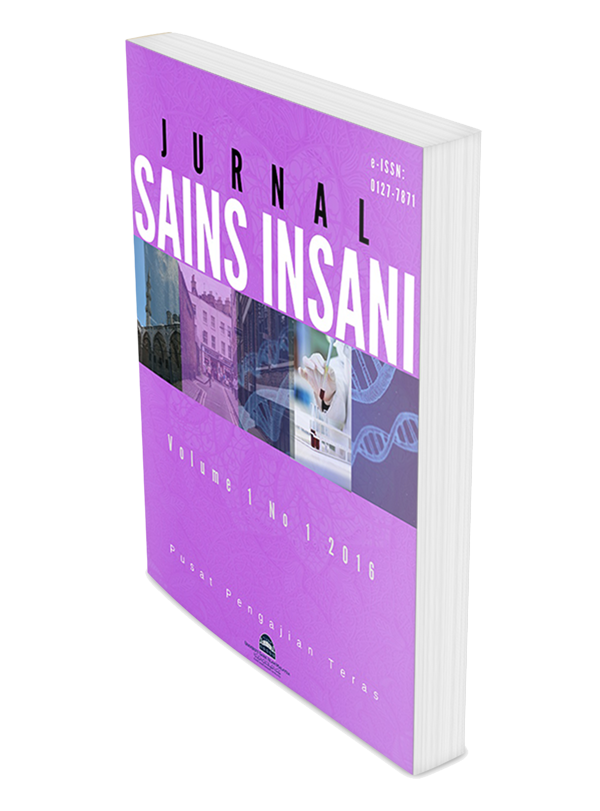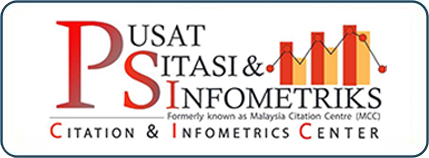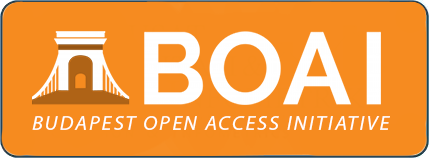The Impact Of Societal Re-Orientation Programme (A Daidaita Sahu) In Minimizing Adolescent Anti-Social Behaviour Among Senior Secondary School Students In Municipal Education Zone, Kano-Nigeria
Impak Program Orientasi Semula Sosial (Daidaita Sahu) Dalam Meminimumkan Tingkah Laku Anti-Sosial Remaja dalam Kalangan Pelajar Sekolah Menengah di Zon Pendidikan Perbandaran, Kano-Nigeria
DOI:
https://doi.org/10.33102/sainsinsani.vol5no1.117Keywords:
Societal reorientation programme (A Daidaita Sahu), Adolescent, Antisocial behaviourAbstract
The study investigated the impact of societal re-orientation programme (A Daidaita Sahu ) in minimizing adolescent antisocial behaviour among senior secondary school students of Municipal Education Zone, Kano-Nigeria. The objectives of the study were to find out the impact of A Daidaita Sahu in minimizing adolescent antisocial behaviour among students of the study area, identify the strategies used by A Daidaita Sahu in minimizing adolescent antisocial behaviour among the students respectively. The study adopted Ex post Facto (EPT) design. 245 samples out of 1,041 teacher’s population and 10 samples out of 37 principals were used for the study. Two (2) instruments were used for data collection in the study, namely: A Daidaita Sahu implementation strategy Scale (AIS-Scale) and Anti-social behaviour checklist (AB-Checklist) respectively. Reliability of internal consistency was sought using Cronbach’s Alpha formula. A positive reliability index for the AIS-Scale was found to be 0.744. The findings of the study revealed that A Daidaita Sahu programme has impact in minimizing adolescent antisocial behaviour among students. Mass media campaign, sensitization during school assemblies, involvement of; teachers, parents, religious leaders, CBOs, NGOs and student club and societies were the strategies used by A Daidaita Sahu in minimizing adolescent antisocial behaviour among students. Based on the findings above, the study recommends that Mass media campaign, sensitization during school assemblies and involvement of PTA, religious and community leaders, civil society organizations, government and educational administrators should be made the major strategies to be used in the fight against antisocial behaviour in secondary schools.
Downloads
References
Abone, O.M (1986). Teachers management of
classroom problem. Ibadan: Heinemann
educational books (Nig) Ltd.
Bichi, M.Y (2004). Introduction to research methods
and statistics. Kano: Debisco press &
publishing company.
Chauhan, S.S (1989) Advanced educational
psychology. New Delhi: Vikas publishing house.
Cooper, D.R & Schinder, P.S (2001). Business
research methods. New York: McGraw Hill Ltd.
Directorate of societal reorientation (2007). Impact
assessment report on A Daidaita Sahu
programmed in Kano State. Kano: Kano state
Government press.
Kobrin, S. (1959). The Chicago Area Project- 25 year
assessment. Annals of the
American Academy of Political and social sciences.
(44), 19-29.
Krejcie, R.V & Morgan, D.W (1971). Determining
sample size for research activities.
Educational and psychological measurement. 30, 607-
Muhammad, B. (2009). Prospects and challenges of
reorientation programmed in Kano state. Kano:
Kano state Government press.
Nasiru, M (2010). Impact of A Daidaita Sahu
programmed in minimizing drug abuse among
senior secondary school students of Kano state.
Unpublished dissertation, Bayero University,
Kano.
Schlossman, S.L (1984). The Chicago Area Project
Revisited. Crime and delinquency. 26, 398-
Shaw, C.R & Mckay, H.D (1930). Juvenile
delinquency and urban areas. Chicago:
Univeristy of Chicago Press.
Shehu, S. (2009). Gyara Kayanka: the concepts,
aspirations and imperatives of social reform
project. Jos: Prescotpress Ltd.
Umar, B., Ahmad, A., & Yola, S. (2007). Proceedings
of public forum “Zauren Shawara” Kano:
Kano state Government press.
Downloads
Published
How to Cite
Issue
Section
License
Copyright (c) 2020 Idris Salisu Rogo (Author)

This work is licensed under a Creative Commons Attribution 4.0 International License.
1. Author holds the copyright of the article.
2. Jurnal Sains Insani owns the rights to publish the article. The writer may request permission to republish the article from the editor.
3. Jurnal Sains Insani follows the APA (American Psychological Association) style for all in-text citation and list of bibliographies.











